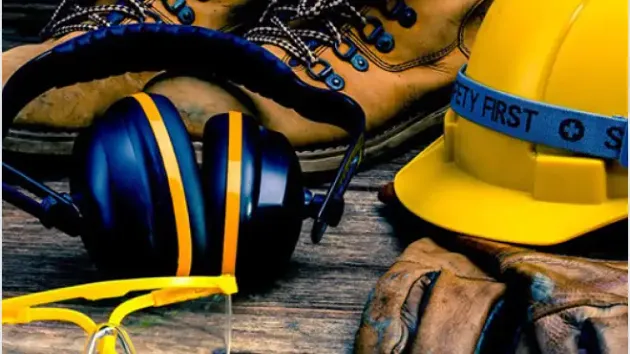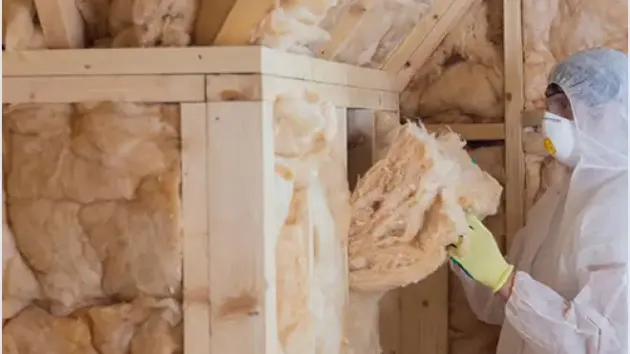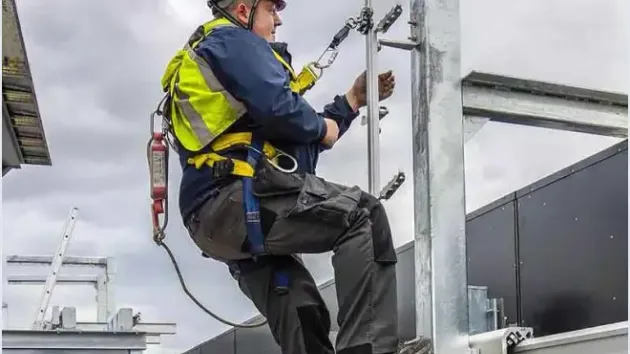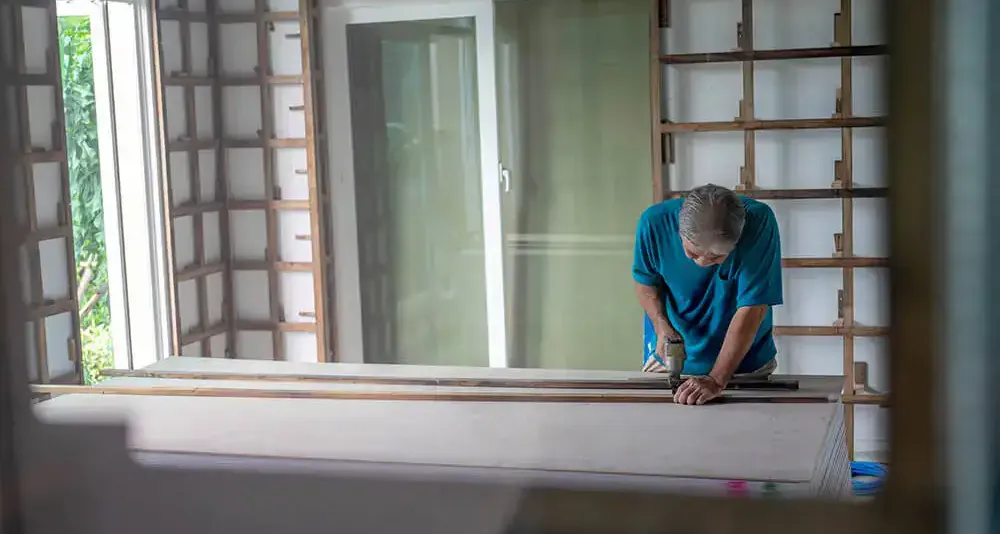Introduction
An essential aspect of every construction project, carpentering presents a unique set of occupational hazards that can only be avoided if workers are properly trained. From hazardous substances to the use of dangerous power tools, falls from height, heat stress, and unusual levels of noise, carpenters are faced with serious risks on a daily basis.Potential Hazards
The most common risks associated with carpentering include, but are not limited to:
Exposure to Hazardous Substances.
Carpenters work predominantly with wood, which can release dangerous amounts of wood dust into the air. If adequate protective gear is not used, then workers may experience short-term effects such as respiratory irritation and distress, as well as long-term health issues in the form of chronic respiratory illnesses. In addition, certain substances encountered in carpentering – like asbestos and formaldehyde, for example – are known to be carcinogenic.Poor Handling of Power Tools.
Power drills, sanders, routers, and various types of electrical saws are indispensable tools for carpenters. However, they can become dangerous if they are not properly used or maintained. Broken drill bits, cutters, or swarf can result in cuts or lacerations and may even cause serious eye, head, and facial injuries. Electrocution is an equally concerning risk in this respect.Accidental Falls.
Carpenters routinely carry out tasks on construction sites, where they are sometimes required to work at great heights. Falls to a different level can lead to serious injuries and may even prove to be fatal, which is why all carpenters should be able to use fall arrest systems in combination with personal protective equipment while on site. Given that, in certain regions, workers are also exposed to hot weather conditions, the risk of falls as a result of confusion and human error is increased.Exposure to High Levels of Noise.
The tools used in carpentry, as well as other machines operated on a construction site, can generate very high levels of noise. Carpenters who are frequently exposed to these loud environments can develop hearing issues and even experience hearing loss in the long term.
Incident Prevention
Both short- and long-term risks of carpentry can be mitigated and even completely eliminated if workers are rigorously trained and provided access to the correct personal protective equipment. Competent supervision and the ability to assess and manage potential hazards are also important factors in terms of incident prevention.
Because carpenters are exposed to a wide range of hazardous substances on a daily basis, they must be able to select and use the right PPE for each task. Working with asbestos and/or formaldehyde, for example, may require the use of respirators, whereas operations that tend to release high amounts of wood dust into the air may also impose the use of eye protection and full-bodied protective gear.
PPE is especially important in fall arrest and could save a carpenter’s life in case of a fall to a different level. Although noise can also be mitigated through the use of more quiet machines and vehicles, headphones and headsets continue to be some of the most effective ways to avoid hearing issues.
Recommended Safety Courses



What You Can Do to Stay Safe
As a carpenter, the first step you can take towards a safer work environment is to undergo rigorous training designed to prepare you for the common hazards associated with your job. This is especially important if you are often required to supervise others, although all workers should feel responsible for both their own safety and that of their colleagues.
As the owner of a carpentry business, you are legally required to provide access to the necessary training for all your employees. To consult a comprehensive list of safety courses best suited for this sector, please visit our Construction industry page.



